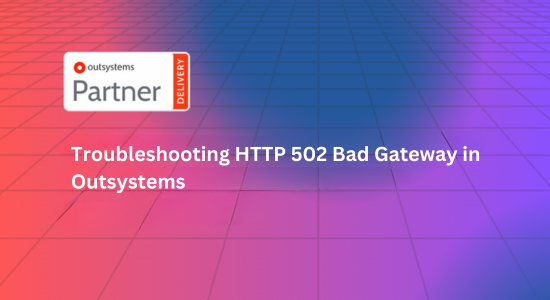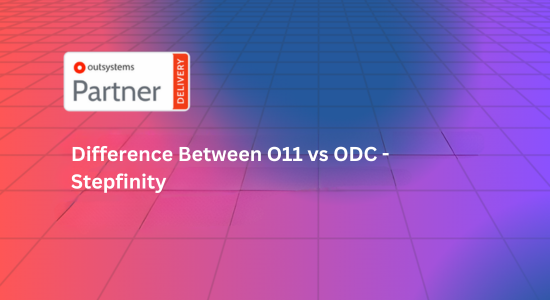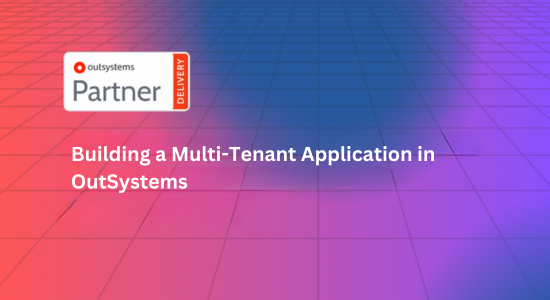In the rapidly evolving world of technology, businesses are constantly seeking ways to streamline their software development processes. Enter low-code application development—a revolutionary approach that empowers organizations to create applications faster and more efficiently. In this comprehensive guide, we’ll explore the benefits, top platforms, and future trends of low-code application development in 2024.
What is Low-Code Application Development?
Low-code application development is a method that allows developers to build applications with minimal hand-coding. Utilizing visual development environments, drag-and-drop components, and pre-built templates, low-code platforms simplify the process of creating complex applications, making it accessible to both professional developers and non-technical users.
Benefits of Low-Code Application Development
- Accelerated Development: Build and deploy applications in a fraction of the time compared to traditional coding.
- Cost Savings: Reduce development costs by minimizing the need for extensive coding and specialized skills.
- Improved Agility: Quickly adapt to changing business requirements and market conditions with flexible development tools.
- Enhanced Collaboration: Foster collaboration between IT and business teams through intuitive interfaces and shared development environments.
- Increased Productivity: Enable faster iterations and prototyping, leading to more innovative solutions.
Top Low-Code Application Development Platforms in 2024
1. Mendix
Mendix is renowned for its robust and comprehensive low-code platform, suitable for both small businesses and large enterprises. It offers a wide range of features including AI-assisted development, multi-cloud deployment, and extensive integration capabilities.
- Key Features: Visual development tools, AI assistance, multi-cloud deployment.
- Ideal For: Enterprises requiring scalable solutions.
- Pricing: Free tier available; enterprise plans start at $1,875/month.
2. OutSystems
OutSystems is a powerful platform designed for full-stack development and enterprise-grade applications. It supports complex integrations and provides tools for real-time performance monitoring.
- Key Features: Drag-and-drop interface, full-stack development, real-time monitoring.
- Ideal For: Enterprises needing advanced integration and scalability.
- Pricing: Starts at $4,000/month for enterprise solutions.
3. Appian
Appian integrates low-code development with process automation, making it ideal for businesses looking to streamline operations and improve efficiency.
- Key Features: Process automation, case management, AI integration.
- Ideal For: Businesses focused on automating workflows.
- Pricing: Pricing available on request.
4. Microsoft Power Apps
Part of the Microsoft Power Platform, Power Apps offers a user-friendly interface and seamless integration with other Microsoft products like Office 365 and Azure.
- Key Features: Pre-built templates, Microsoft ecosystem integration, AI Builder.
- Ideal For: Organizations already using Microsoft products.
- Pricing: Starts at $10/user/month.
5. Zoho Creator
Zoho Creator is an affordable and versatile low-code platform that caters to small and medium-sized businesses. It supports both web and mobile app development.
- Key Features: Customizable templates, mobile app builder, Zoho suite integration.
- Ideal For: Small to medium-sized businesses.
- Pricing: Starts at $25/user/month.
Future Trends in Low-Code Application Development
- AI and Machine Learning Integration: Increasingly, low-code platforms are incorporating AI and machine learning capabilities to automate more complex tasks and provide predictive analytics.
- Increased Adoption of Multi-Experience Development: Platforms will support a broader range of application types, including web, mobile, and chatbots, all from a single low-code environment.
- Enhanced Security Features: As more businesses adopt low-code, platforms will continue to enhance security features to protect sensitive data and ensure compliance with regulations.
- Expansion of Ecosystem and Integrations: Low-code platforms will expand their ecosystems, offering more integrations with third-party services and APIs to provide even greater flexibility.
- Greater Focus on User Experience: Future developments will focus on improving the user experience, making it even easier for non-technical users to build and deploy applications.
Conclusion
Low-code application development is transforming the software creation landscape, offering unprecedented speed, flexibility, and efficiency. By leveraging the best platforms and staying ahead of emerging trends, businesses can harness the full potential of low-code to innovate and thrive in 2024. Whether you’re a small business or a large enterprise, low-code development can help you stay competitive in today’s fast-paced digital environment.








